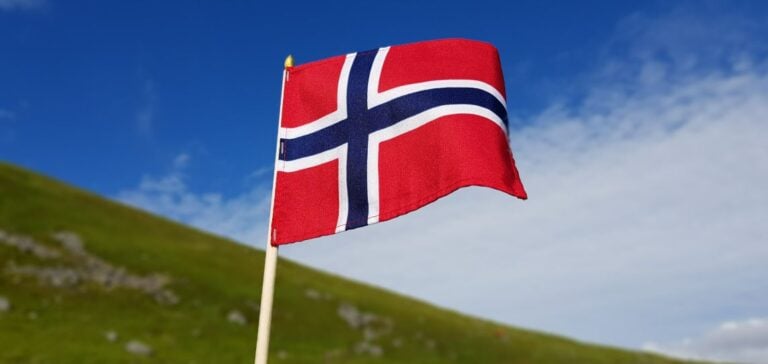Norway’s sovereign wealth fund, formally named the Government Pension Fund Global (GPFG), surpassed a symbolic threshold on Friday, December 6, reaching a value of 20,000 billion Norwegian kroner, equivalent to approximately €1.7 trillion. This milestone highlights a significant increase in the management of Norway’s state oil revenues.
Created in 1990 to prepare the Norwegian economy for the post-oil era, the fund received its first contribution in 1996—a relatively modest sum of 1.981 billion kroner. Since then, its value has grown dramatically, crossing the 10,000 billion mark in 2019 before doubling in just five years.
A Growth Driven by Diversified Investments
The GPFG is primarily invested in equities, which account for over 70% of its total assets. With stakes in approximately 8,800 companies worldwide, the fund independently holds 1.5% of all publicly traded shares globally. This unique position makes it the largest individual investor on the planet.
In addition to equities, the fund holds a substantial portfolio of bonds, which constitute roughly 27% of its assets, along with diversified investments in real estate and unlisted renewable energy projects.
A Direct Impact on the Norwegian Population
The fund’s current value corresponds to 3.6 million kroner for every inhabitant of the country, including children. These assets are intended to support Norway’s generous welfare state in the future, as hydrocarbon revenues decrease due to resource depletion.
The GPFG is often cited as a model for responsibly managing natural wealth, balancing economic returns with long-term sustainability. This approach serves as an inspiration to other resource-rich nations.
A Sustainable Investment Model in Evolution
Over the years, the fund has also integrated ethical and environmental criteria into its investment strategy. For instance, it excludes companies involved in coal production or activities deemed harmful to the environment.
As the global energy transition accelerates, the fund continues to diversify its assets to include more projects aligned with international climate goals.





















